John was visiting India in 206 and first thought that the animal looked more like a primate than a squirrel due to its massive size. However, this giant animal was no primate – just a very, very large squirrel. They are two times the size of an eastern grey squirrel and can be 36 inches long.
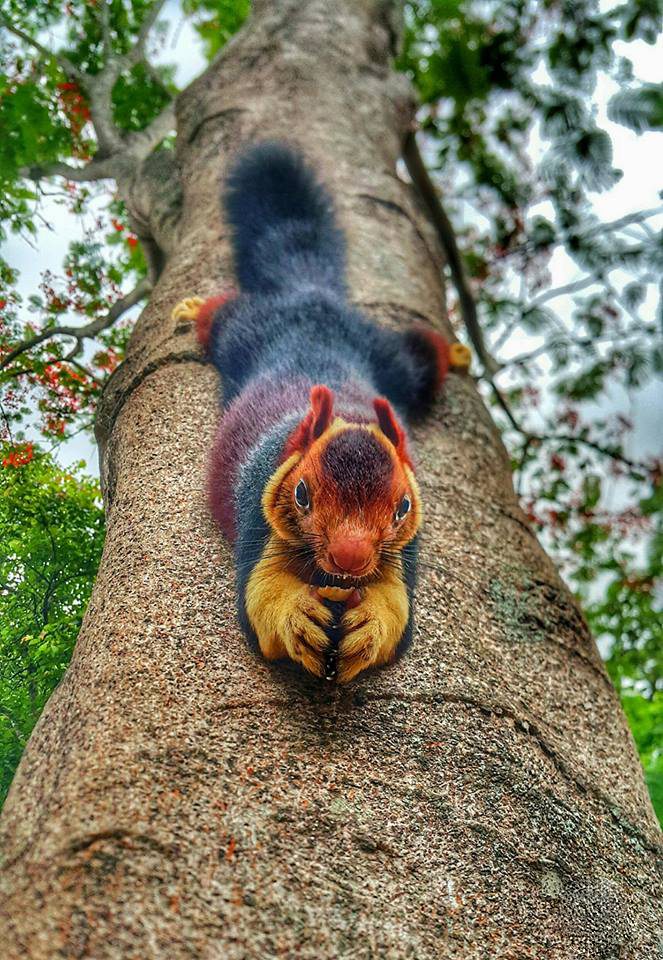
These are giants!” Koprowski, professor and associate director at the School of Natural Resources and the Environment at the University of Arizona, told The Dodo.
Not only is the Malabar giant squirrel impressively large, but they have beautifully colored fur as well.
Their gorgeous fur coat can range in colors from black, orange, and brown to purple and maroon which is rare for a mammal. Colors like purples and maroon aren’t commonly seen in many mammal species.
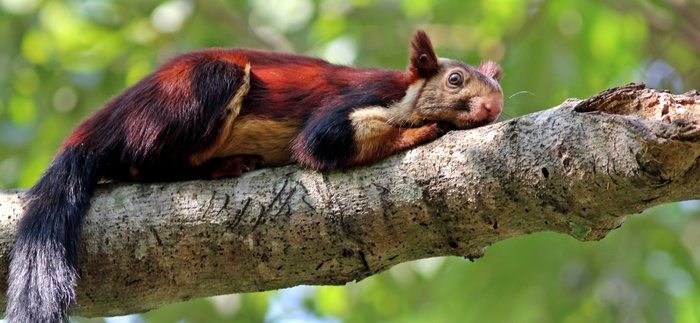
The bright colors and beautiful patterns aren’t just pretty to look at, but it also helps them survive in the wild.
“In the shaded understory of a dense forest, the patchy colors and dark hues are a great adaptation to avoiding detection,” Koprowski said. “But when you see these in the sunlight, they show their ‘true colors’ and beautiful pelage [fur]
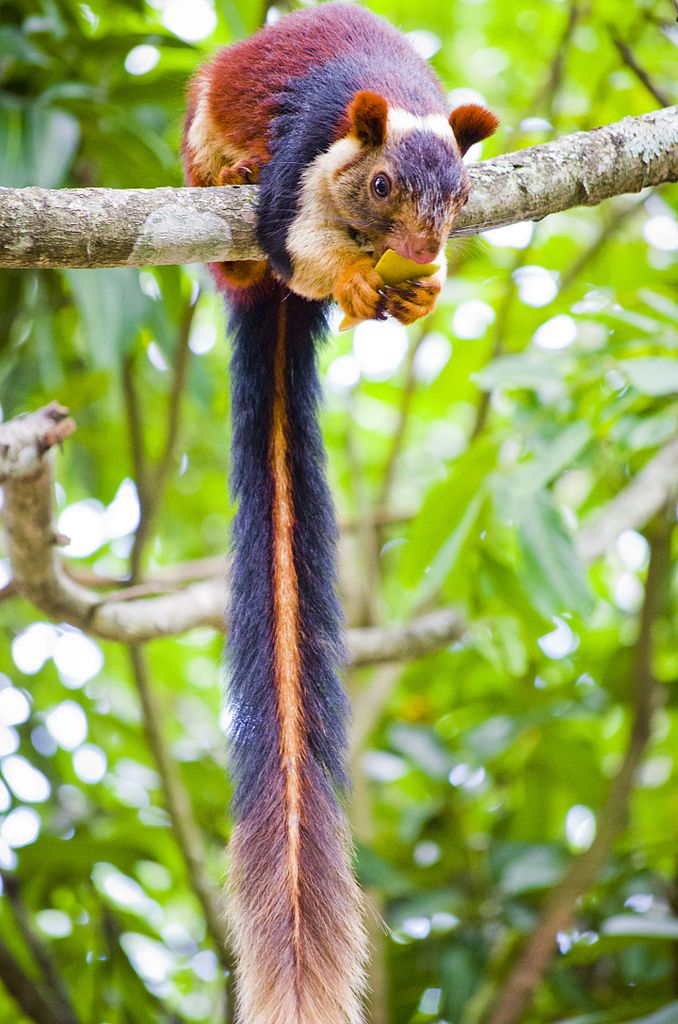
According to Wikipedia, their “diet includes fruit, flowers, nuts and tree bark. Some subspecies are omnivorous, also eating insects and bird eggs.”
These incredible creatures also have adorable tufts of fur on their ears and strong forelimbs, making them really stand out.
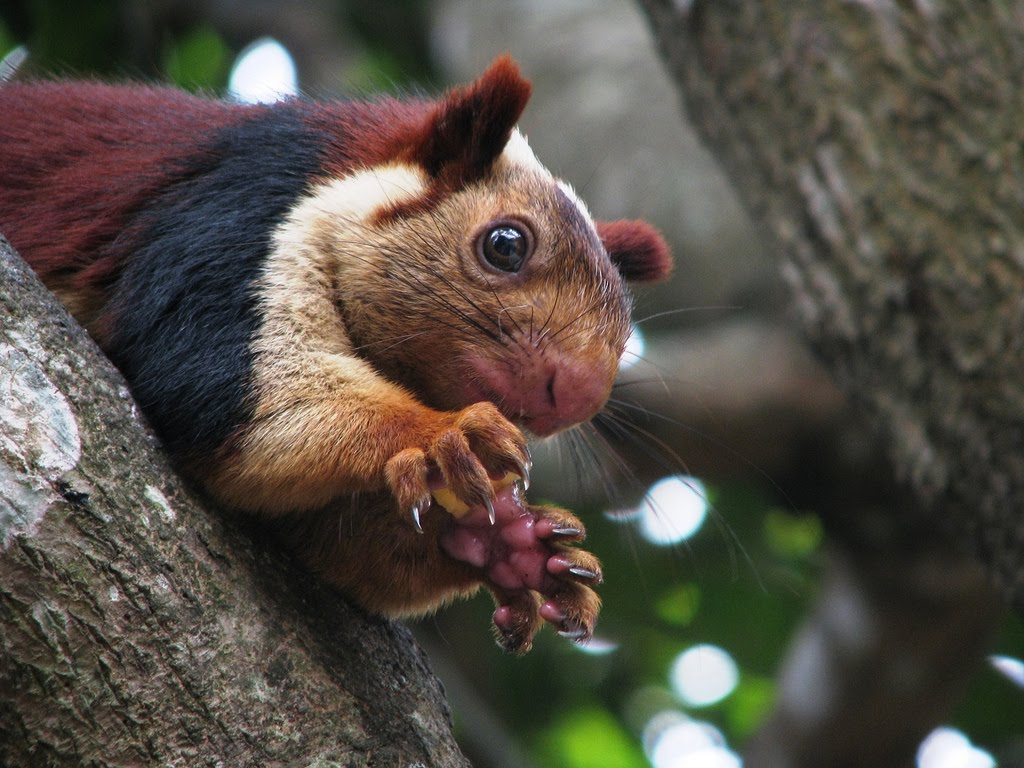
Malabar giant squirrels rarely visit the ground and live high up in the forest canopy, jumping and leaping from tree to tree – sometimes with leaps over 20-feet! The chances of a sighting of one of these animals in the wild are quite slim. Not only would you have to travel to eastern or southern India, but then you’d have to travel deep into the forest in hopes of a rare glimpse.
“They are pretty shy,” Pizza Ka Yee Chow, squirrel expert and research fellow at Hokkaido University, told The Dodo. “One of my friends who lives in India shared with me that the best way to see these giant squirrels is to climb up on a tree, stay very quiet and wait for them to emerge from their [nest].”
Thankfully, these gorgeous critters aren’t currently in danger of extinction, but they’ll need to be protected.
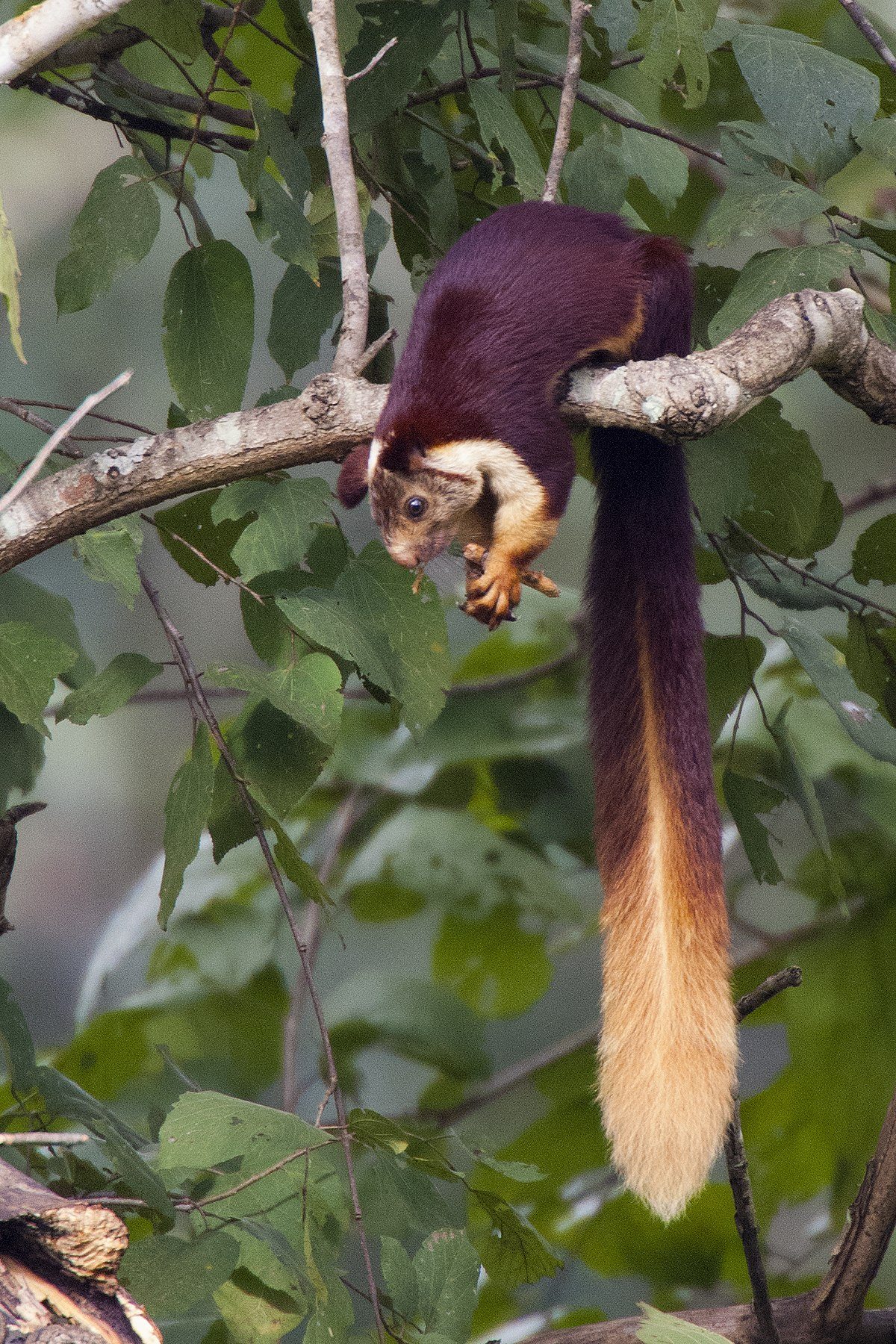
The International Union for Conservation of Nature (IUCN) currently has this species on the designated list of “least concern,” but their population has been on the decline. In order to protect this species, protection laws will need to go into effect.
“The real threat is the slow loss and degradation of forested habitats as humans move in and as climate change impacts higher elevation areas,” Koprowski said. “The good news is that they have a wide distribution and seem to tolerate human presence and even some modest level of low-density housing.”
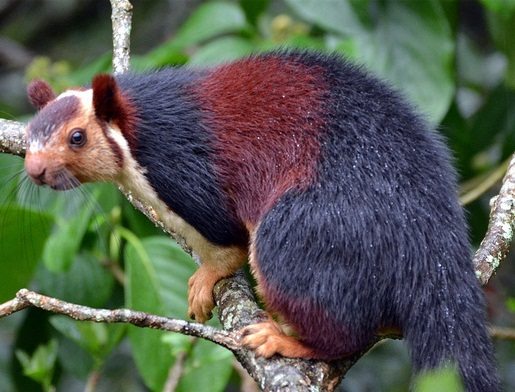
If more awareness and protection are brought about for this species, then they can thrive in the future.
“They’re part of a group of squirrels that is pretty ancient,” Koprowski said. “They’re a unique evolutionary group that’s been here a long time, which is a good thing.”
Please SHARE this with your friends and family.






